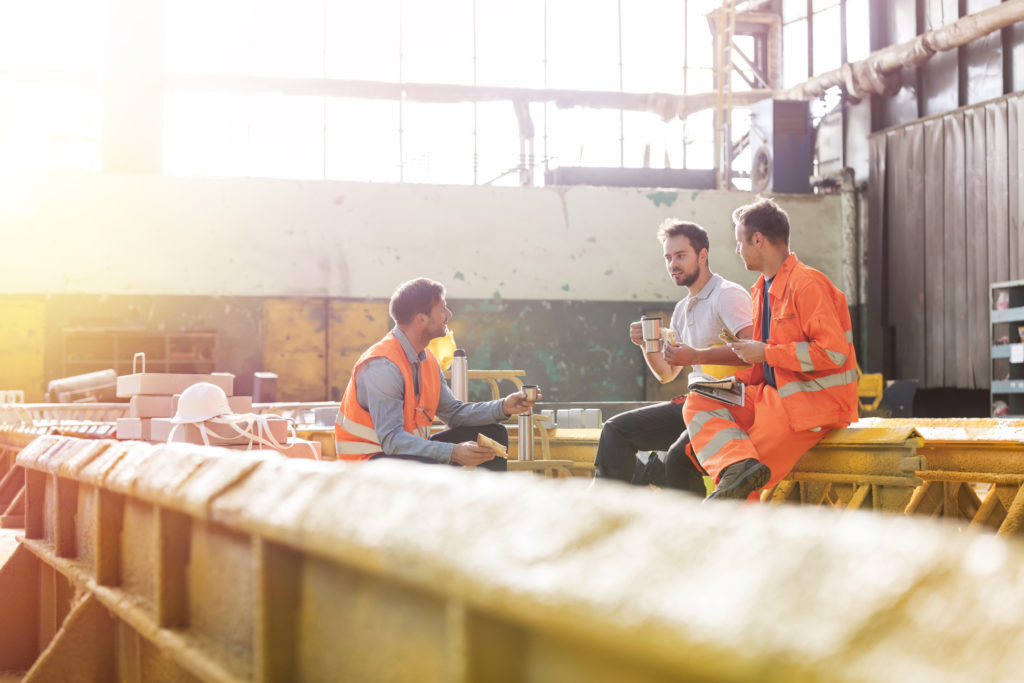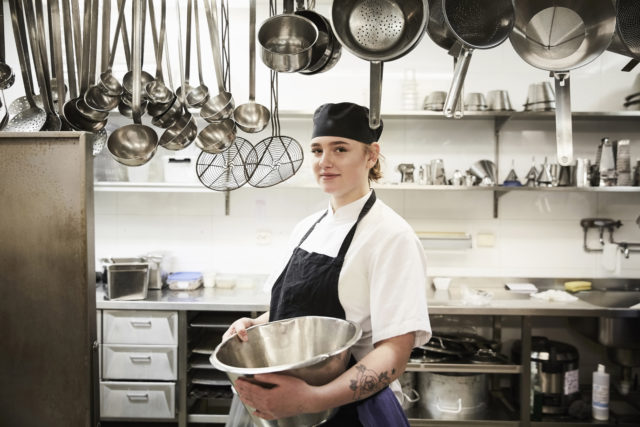
For any number of reasons, suicide rates among Australian construction workers is high. According to MATES in Construction, a charity established in 2008 to reduce high suicide rates, every year 190 Aussie workers in the construction industry take their own lives.
The reality is, suffering mental health issues can make you feel like you’re lost in the jungle, trying to find your way out through any means possible. And no one is immune from becoming enveloped in the thick vegetation. But a recent survey indicates the more employees take a front foot, the more employees will thrive.*
A survey worth taking.
The 2018 Indicator of a Thriving Workplace survey has been released and it provides an in-depth snapshot of workplace mental health across various industries, including the construction industry.
It’s executed and published by SuperFriend, a workplace mental health advocate who has been publishing these surveys since 2007 when super funds and insurers came together to coordinate an approach to reduce suicide and improve the mental health of its members.
SuperFriend surveyed 5,000 Australian workers across different industries, business sizes and work roles, against 40 scientifically-validated characteristics that indicate that a workplace is thriving.
Participants answered the prompts on a spectrum from strongly agree to strongly disagree. From here, SuperFriend found the average of each answer and industry and measured it against the national averages across every industry.
They also compared different demographics inside and out of each industry.
Findings in construction.
Construction generally performed well in all categories including culture, capability, connectedness and leadership but failed in most policy-related questions.
It generally has a lower percentage of workers with a current mental illness (15.9% compared to the national average of 19.4%) and lower proportion finding the job highly stressful (-3.3 percentage points below national average).
Despite this, the industry responded a few percentage points lower than the average in each of the indicators that suggested there is a mental health plan in place for a range of reasons, the most responded reason being ‘lack of time’.
SuperFriend chief executive Margo Lydon believes that this is because employers don’t know where to start in addressing mental health.
“Investing in workplace mental health and well being doesn’t have to be time intensive or expensive,” she says.
“Small things like building connections through providing a comfortable break area for employees to eat together, encouraging flexible working arrangements where possible and just asking if someone’s okay if you notice someone’s behaviour or mood has changed can make a huge difference.”
Get the ball rolling.
Margo has seen time and time again that when employers just start somewhere and get the ball rolling, the benefits start to show and they then prioritise these things.
“Asking your employees what they want to see change in the workplace is often the best place to start. Basic mental health and wellbeing training is also an easy first step. In fact, research commissioned by SafeWork NSW found that investment in mental health and well being training returns almost $10 in value for every dollar spent.”
There’s optimism in Margo’s sentiment as the construction industry has some of the highest ratings when measured against the national average for culture including; reduced levels of sickness and absence (-0.9%), increased commitment to organisational goals (+5.5%) and increased employee retention (+7.8%).
Work to be done.
Where the industry needs to improve is with inclusion of young workers aged 18-24 and females in the industry.
While older workers, aged 25-34 have an average index score of 67.6 out of 100, the younger demographic has an overall score of 59.5. The number of employees experiencing a mental health condition jumps from an average of 15.9-37.7% for those aged 18- 24.
Women in the workforce have more than double the chance of experiencing mental health issues than men at 25.5% compared to 11.7%.
“So, there is still more work to be done,” Margo says.
“We encourage construction employers to pay attention to these findings and commit to greater diversity and inclusion in the workplace, with targeted support for younger and female workers.
“There is also a role in helping male workers within the industry understand the different experience of their female work colleagues and take steps to address this. Providing access to confidential counselling and support services, such as an Employee Assistance Program (EAP), is another great place to start.”
The Australian construction industry has its positives and negatives, including a very positive and strong culture, high job retention and more. However, it has strides to make in terms of workplace mental health.
Luckily, SuperFriend and organisations like MATES in Construction and R U OK? are doing great work in this area and there’s room for improvement.
If you or someone you know is experiencing mental health issues contact Lifeline on 13 11 14.
*We endeavour to provide accurate material for Australian businesses; however, this material is for reference only and is not designed to be, nor should it be regarded as professional advice.

